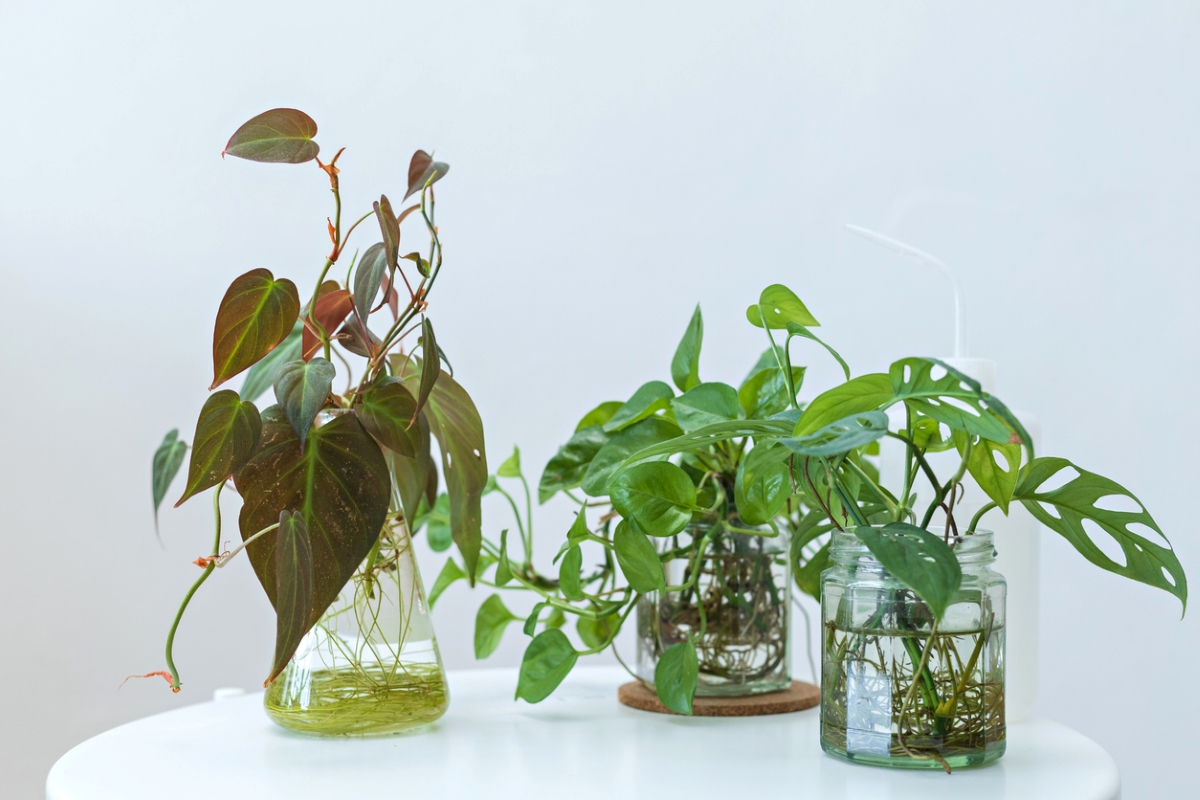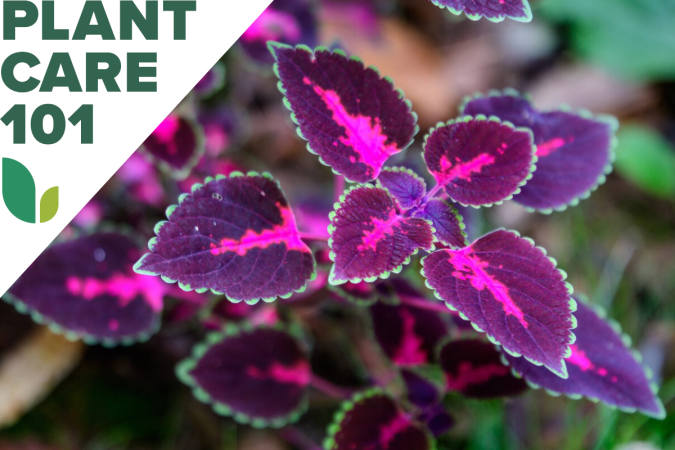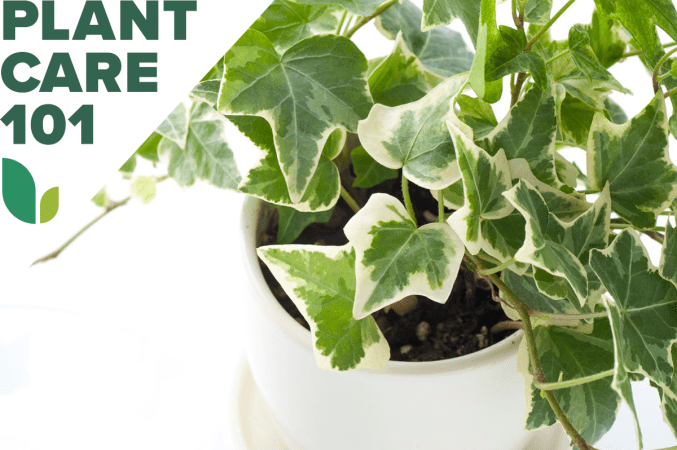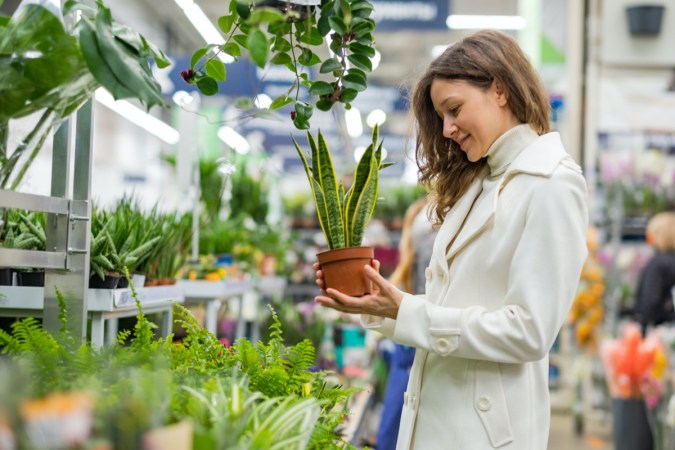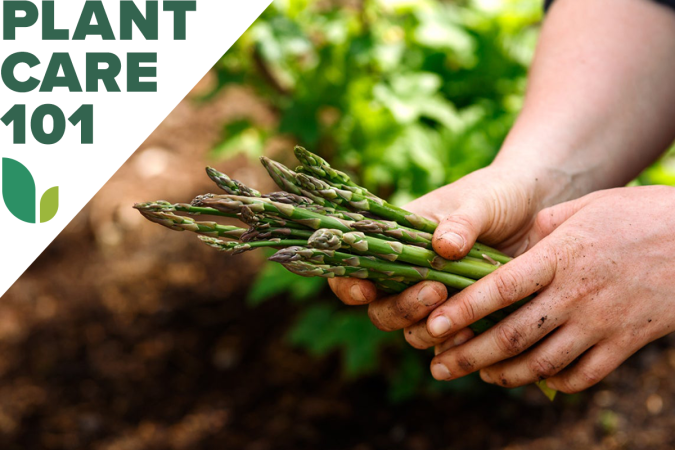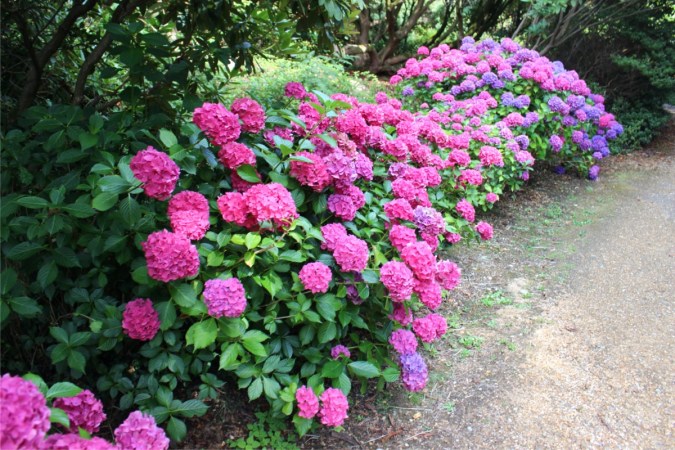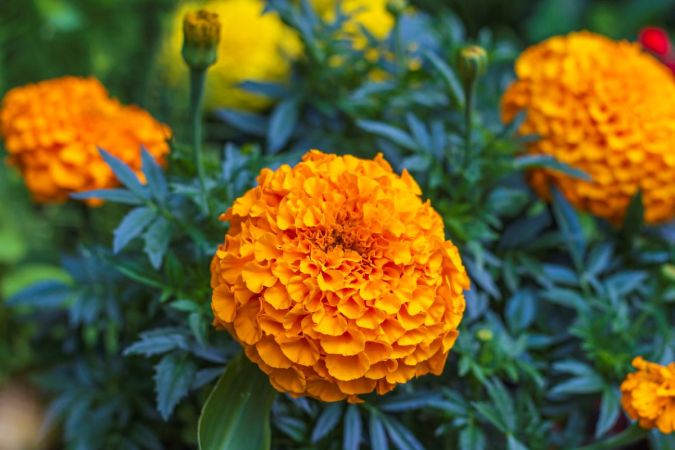We may earn revenue from the products available on this page and participate in affiliate programs. Learn More ›
When it comes to living the life aquatic, houseplants may not come to mind, but there are plenty of indoor plants that grow in water—no dirt required. In fact, as long as you follow a few simple steps, plants can not only live in water but thrive in it. Keeping the water clean and light conditions ideal, knowing when and what to feed them, and when to transplant them into dirt (if at all) are all you need to grow aquatic plants at home.
If you’re thinking about trying out some DIY hydroponics, you’re in luck. All you need is a pair of scissors, a donor plant, and a propagation station like this highly rated option available on Amazon to get started on growing the best indoor water plants around.
1. Lucky Bamboo (Dracaena sanderiana)
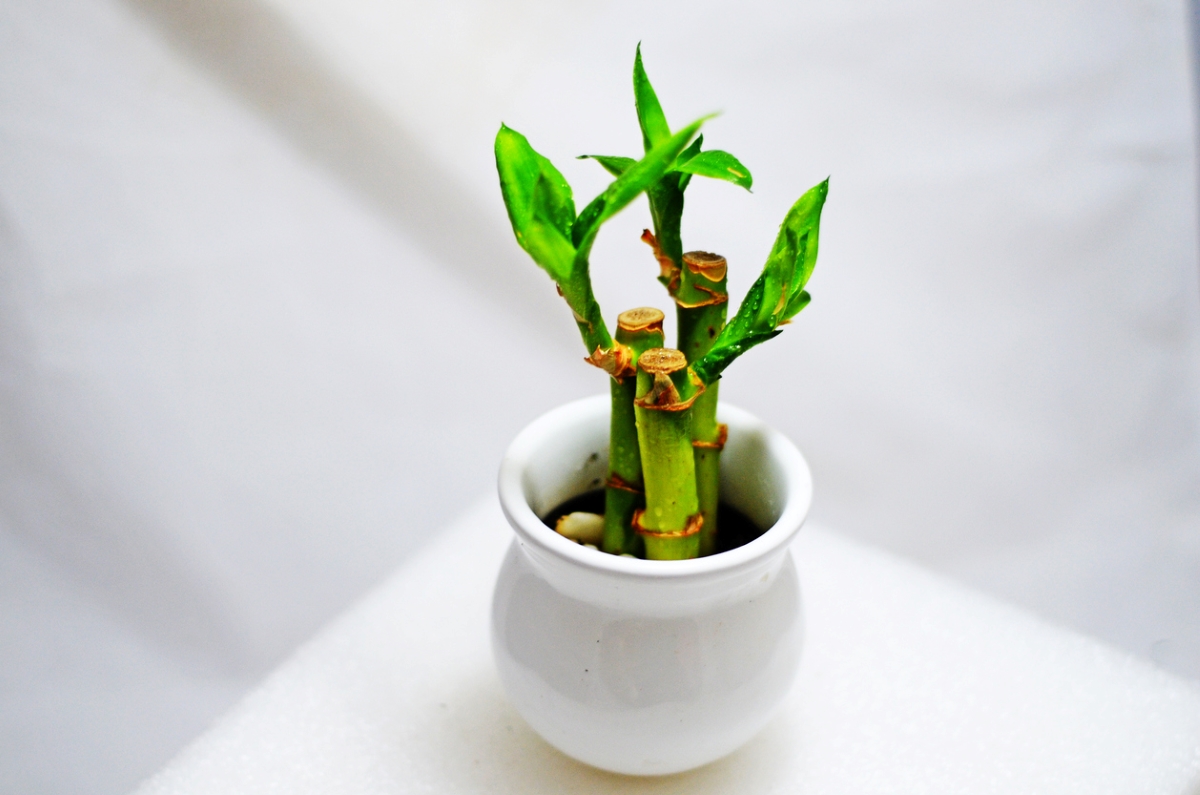
Despite the name, lucky bamboo is not a bamboo at all but a relative of the easy houseplant Dracaena. Lucky bamboo is one of the easiest houseplants that grow in water. Sold in various configurations, from a single stalk to a braided stump, lucky bamboo needs only a container and chlorine-free water. Most household tap water contains some chlorine, so use filtered water or bottled water instead.
Grow lucky bamboo in a clear container to see the roots or place it in any watertight container. If growing in a shallow dish, use pebbles to help anchor the plant’s roots and prevent it from tipping over. Water it regularly, and completely change the water out completely when the water looks dirty, which happens naturally over time. Lucky bamboo tolerates many light conditions but does best in low to medium light.
RELATED: You Don’t Need Good Fortune (or a Green Thumb) to Master Lucky Bamboo Care
2. Spider Plant (Chlorophytum comosum)
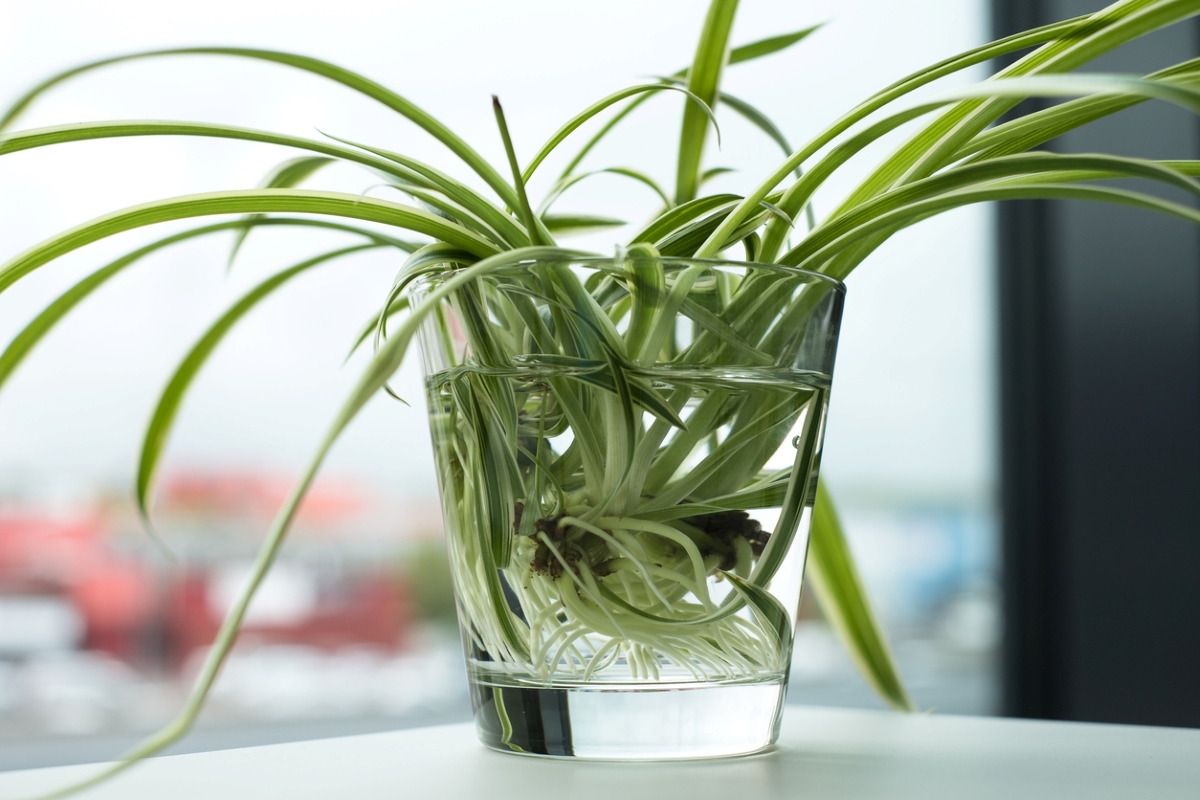
One of the most popular houseplants that grow in water is the beloved spider plant. A mother spider plant sends out a ton of smaller “pups,” which are ideal for propagation. These shoots are easy to snip and place in water in an area with bright, indirect light (direct sunlight can encourage algae or bacterial growth in the water). Roots typically form in 2 to 4 weeks.
At this stage, transfer the new plants to a potting medium. You can continue to grow spider plants in water, but they eventually require some nutrients and space to grow to their full potential. Using a water soluble fertilizer, such as a hydroponic fertilizer, is a way to provide nutrients. However, be mindful of general houseplant or garden fertilizer as it can burn the roots and kill the plant.
3. Begonia
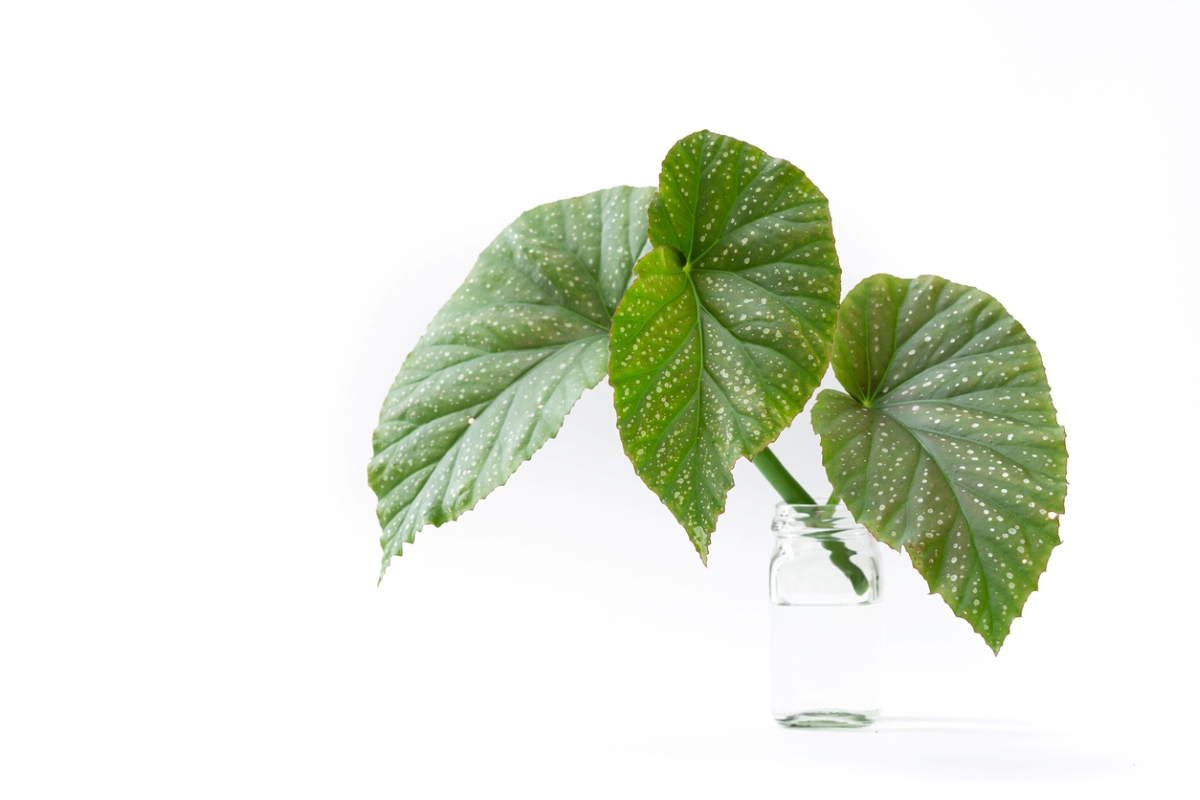
Nearly any type of this beautiful plant can be propagated in water. According to the American Begonia Society, water propagation is the way to root begonias. The secret to begonias’ success is their emission of a rooting compound into water as they grow. For propagation, use a small container to get a concentrate of this compound before transferring the cutting to a planting medium. If you wish to continue to grow a begonia in water, you can gradually increase the size of the water container as the plant grows.
4. Resurrection Fern (Pleopeltis polypodioides)
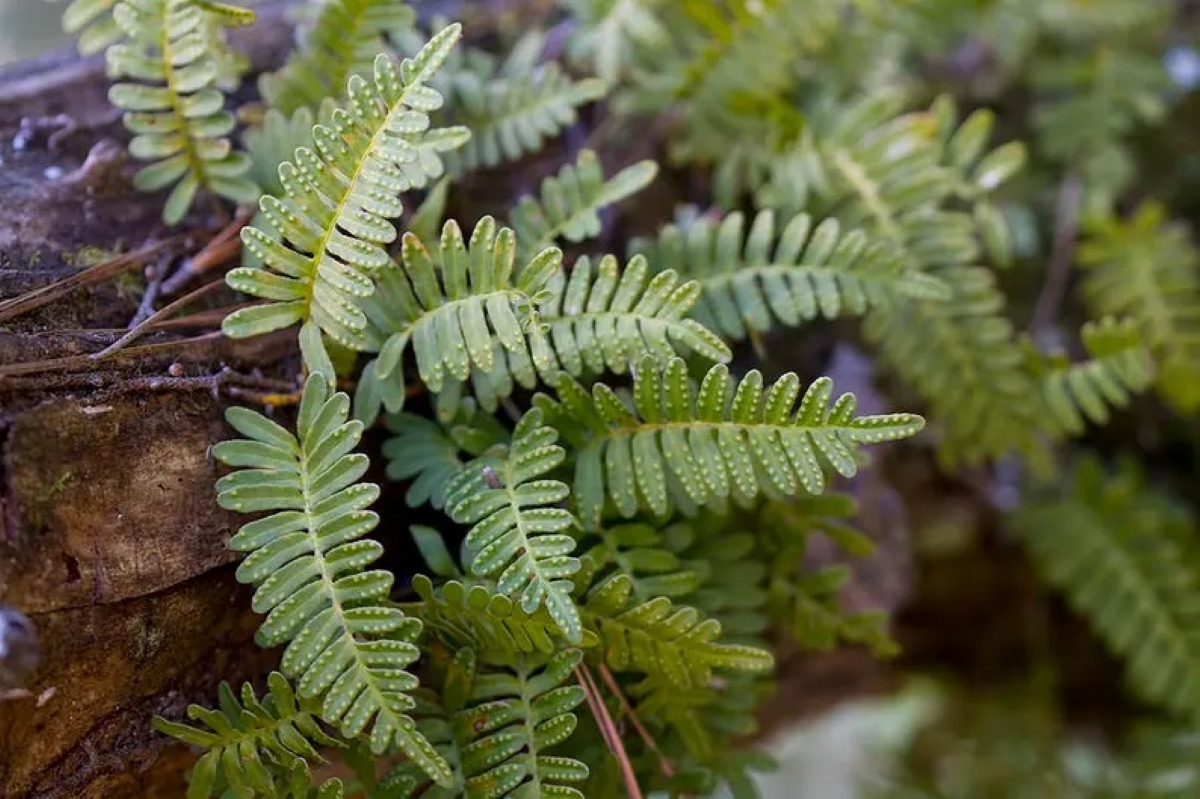
Named for its ability to seemingly spring back to life, this amazing fern never really dies. The resurrection fern has the ability to lose up to 97 percent of all of its water without dying. As an epiphytic plant, the resurrection fern doesn’t require soil to grow and takes in nutrients and moisture from the air.
When Pleopeltis is placed in a dish of water, the shriveled brown fern gradually unfurls and turns green again. To keep the plant going, try mounting it to wood, misting it daily, and giving it medium indirect light.
5. Coleus (Plectranthus scutellarioides)
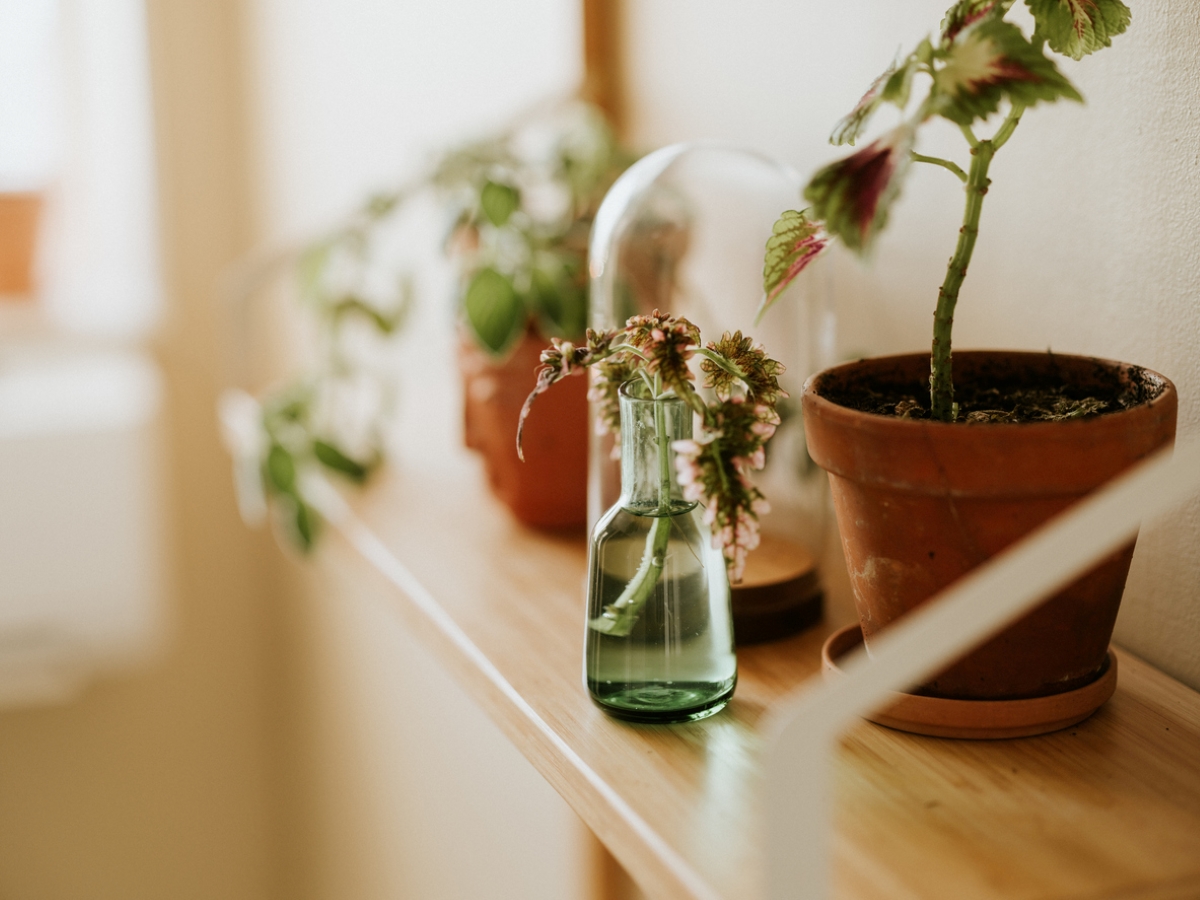
Similar to begonia, the colorful coleus seems to have endless hybrids and cultivars. Aside from overwintering, one way to save a sprig of your favorite coleus is to grow the coleus in water. This is a relatively easy process: Put a cutting (with no flower) in a small jar and watch as the roots grow. Transfer it to gradually larger containers, or eventually transplant it to a potting medium and place the coleus back outside when the weather warms.
6. Heartleaf Philodendron (Philodendron hederaceum)
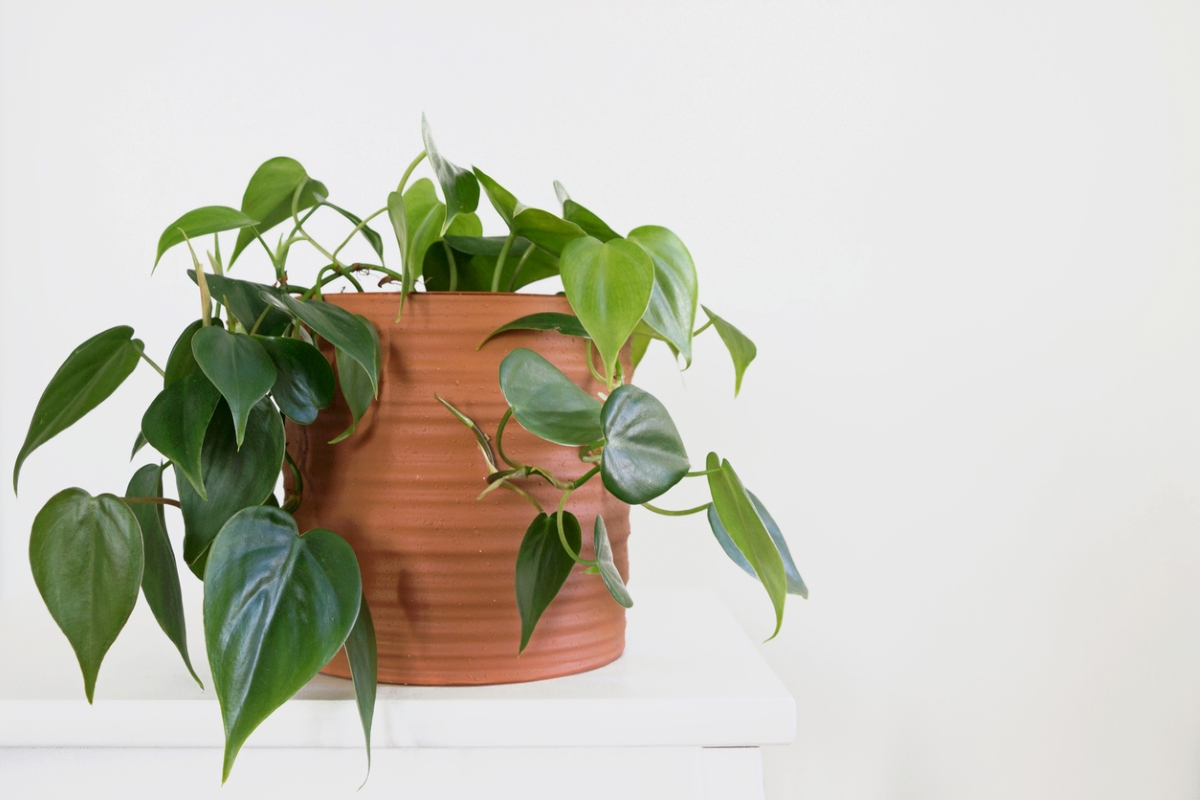
While there are many kinds of easygoing philodendron, one of the best for growing in water is the hardy heartleaf philodendron. Start one by cutting a 3-to-5-inch stem from a healthy plant and placing it in fresh water in bright, indirect light.
Continue growing it in water, replacing the fresh water occasionally. Heartleaf philodendron doesn’t require a ton of nutrients, so unless these aquatic plants look unhealthy, skip the fertilizer. Eventually, the healthiest thing for them will be a transplant into potting soil to grow as a hanging basket plant.
7. Golden Pothos (Epipremnum aureum ‘Golden Pothos’)
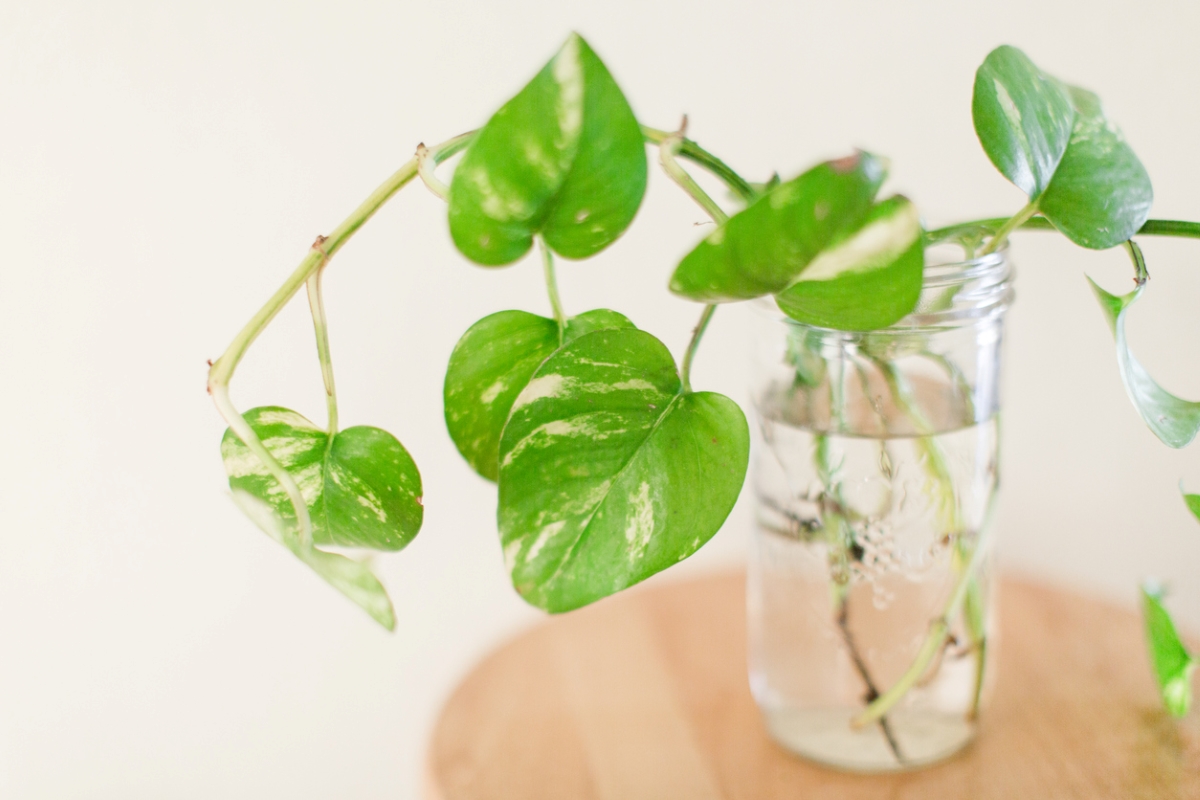
Easy-to-love and easy-to-grow, golden pothos can also grow in water. Start with a cutting a few inches long from a healthy plant and place it in water. Pothos dislikes chlorine but can tolerate a little in water, so use filtered water if your tap water is high in chlorine.
Pothos occasionally needs fertilizer, even when grown in water, so look for a water-soluble kind. Dilute it to one-third strength on the first feeding to avoid shocking the plant. Pothos likes bright to medium indirect light.
8. African Violet (Saintpaulia spp.)
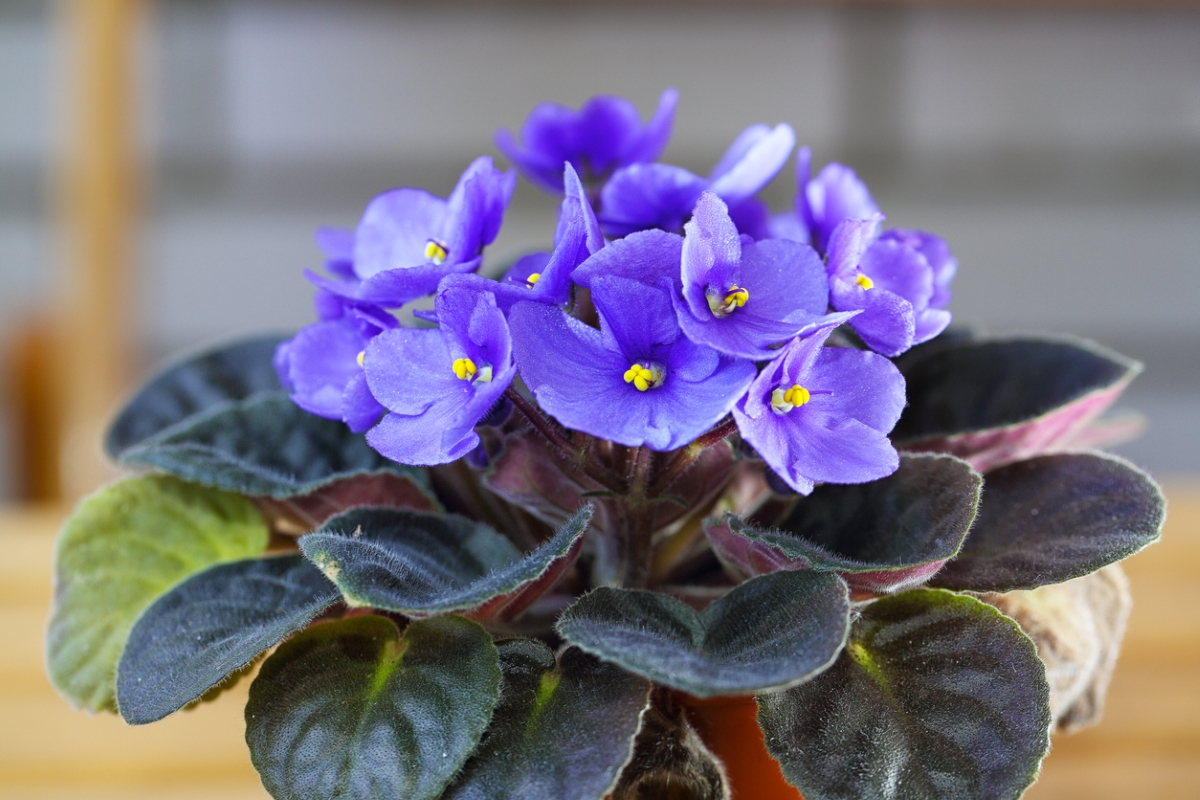
Although African violets have a reputation for being fussy, one method for propagating this plant is in water. The African Violet Society of America advises keeping the leaf blade above water while allowing the petiole to extend into the water, offering long-neck bottles as a perfect solution.
Though the AVSA recommends transplanting once roots are ¼-inch long, African violets can tolerate being in water longer. Keep the water clear and changed regularly, the plants in bright, indirect light, and do not add fertilizer. Eventually they’ll need to move to a planting medium for long-term health.
9. Swiss Cheese Vine (Monstera adansonii)
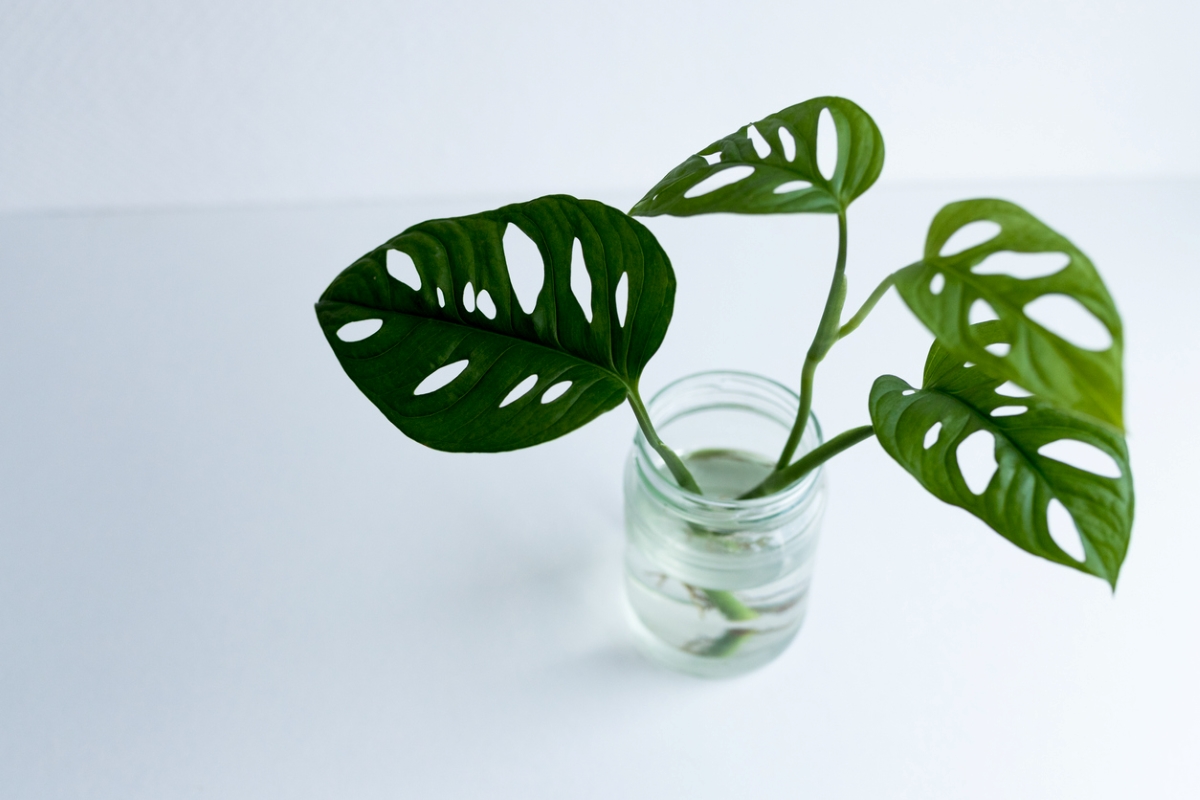
The smaller-leafed cousin of the popular Monstera deliciosa, Swiss cheese vine is an indoor plant grown in water under similar conditions to golden pothos. Take a 3- to 4-inch cutting from a healthy mother plant, making sure it has a couple of leaves and cutting it at least ½ inch or so below a node. Place this cutting in fresh water in bright, indirect light. Change out the water every couple of days to keep it clean.
Within around 2 weeks, tiny roots typically begin to form. These rooted cuttings can be transplanted into a sterile potting medium to be grown as houseplants. You can also grow them aquatically by putting them in larger jars for space to grow and feeding them with a diluted water-soluble fertilizer.
10. Fragrant Water Lily (Nymphaea odorata)
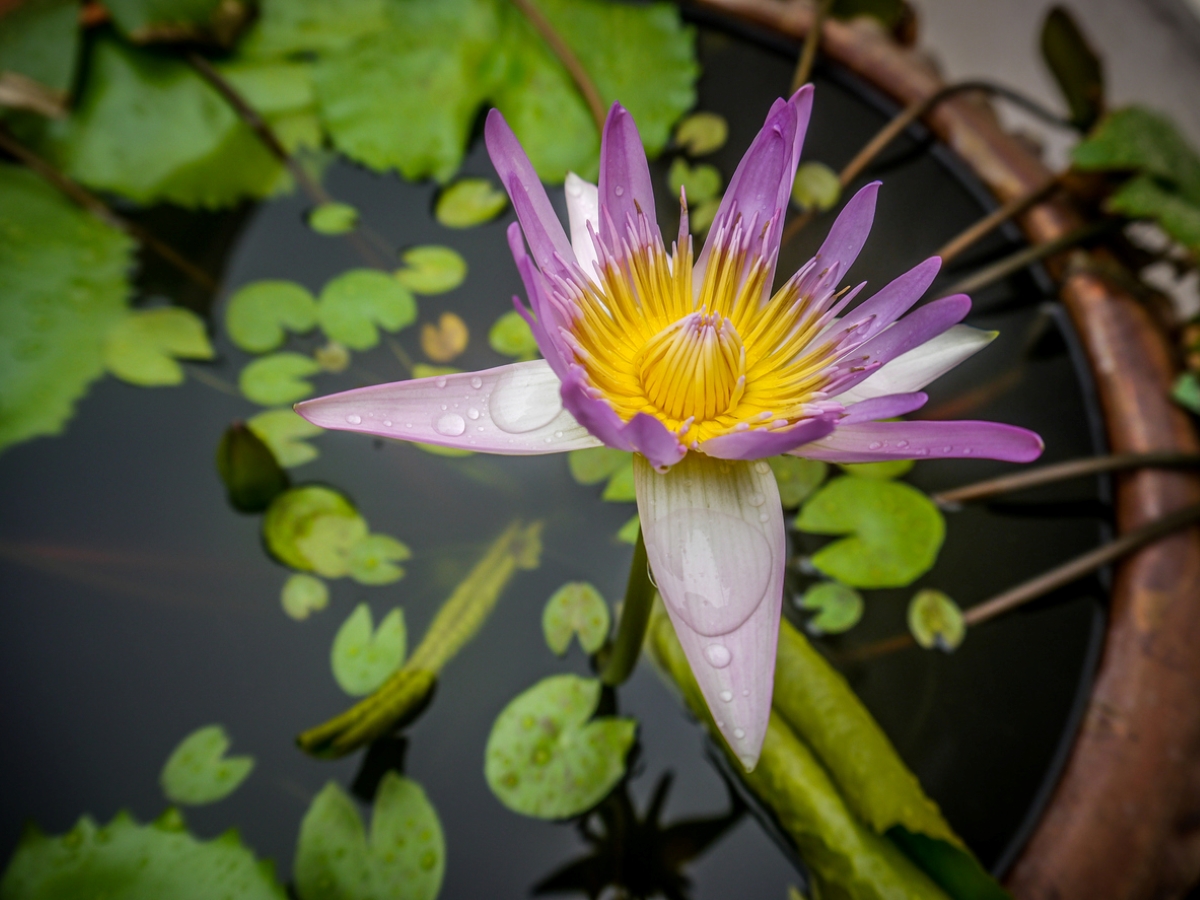
The USDA says aquatic plants “grow in water either floating on the surface, growing up from the bottom of the body of water, or growing under the surface of the water.” Unlike many other plants that can grow in water but don’t in nature, water lilies are true aquatic plants and need to grow with their roots submerged in water. Don’t think this makes them tricky to grow, though; fragrant water lilies are actually forgiving plants that do well in warm indoor temperatures.
Plant the rhizomes 1 or 2 inches below the surface in pots that can be anchored to a container’s bottom. The Colorado Water Garden Society recommends planting tropical water lilies in a rich, heavy clay garden soil that won’t float when submerged. Place small pea gravel on top of the rhizomes to keep them in place. Keep water lilies in a warm, sunny area and fertilize them every 2 to 3 weeks with special fertilizer tablets until they bloom.
11. Inch Plant (Tradescantia zebrina)
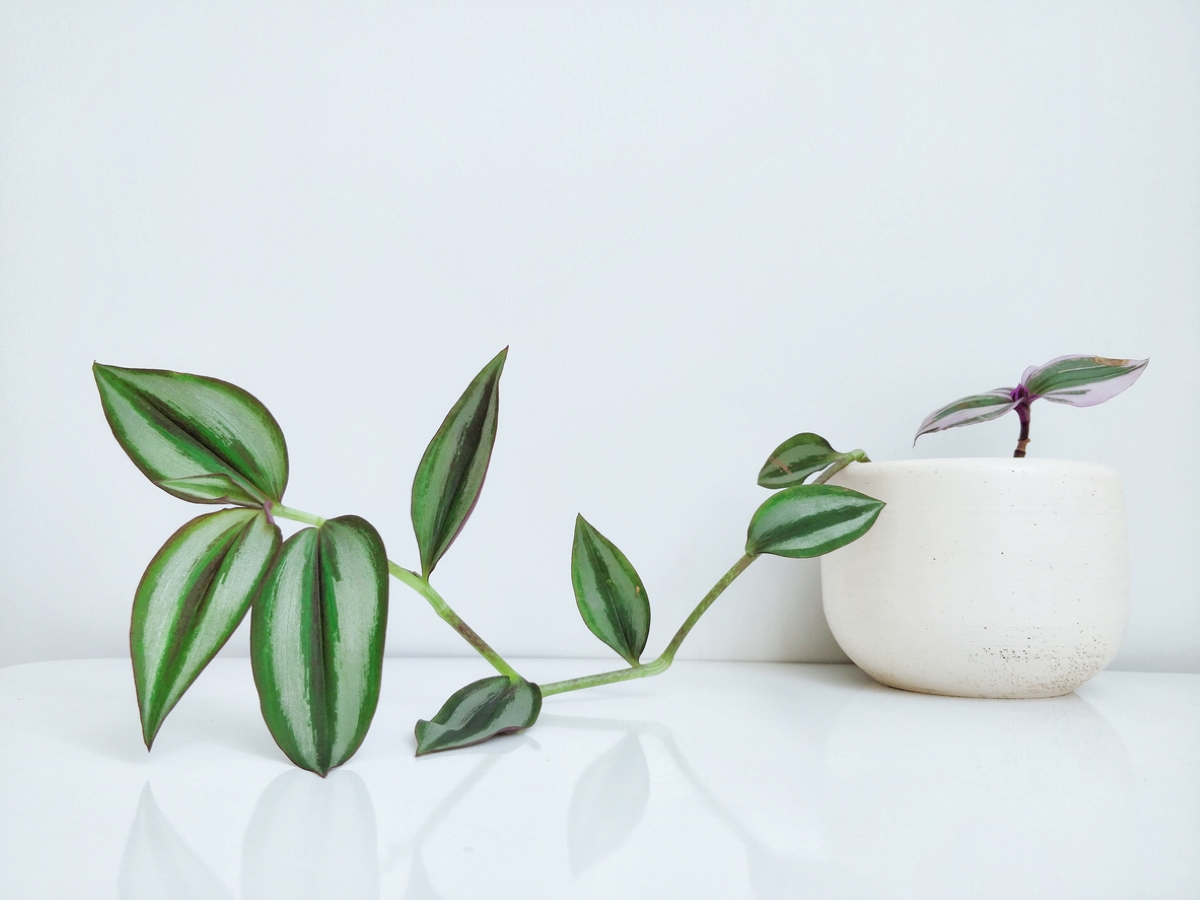
The inch plant (aka wandering dude) is one of the fastest-rooting houseplants to grow in water. From an established mother plant, remove cuttings that are several inches long and peel off the bottom few leaves so that there’s enough stem to reach down into the water.
Place the container in a bright, but not sunny, location and change its water frequently. Roots can show themselves in as little as a few days! Several can even be grown at once and then transplanted to soil after the roots are established, usually within a couple of weeks of taking the cutting. While wandering dude doesn’t need much food to thrive, fertilize it once a month with water-soluble plant fertilizer.
12. Spider Lily (Tradescantia pallida ‘Purpurea’)
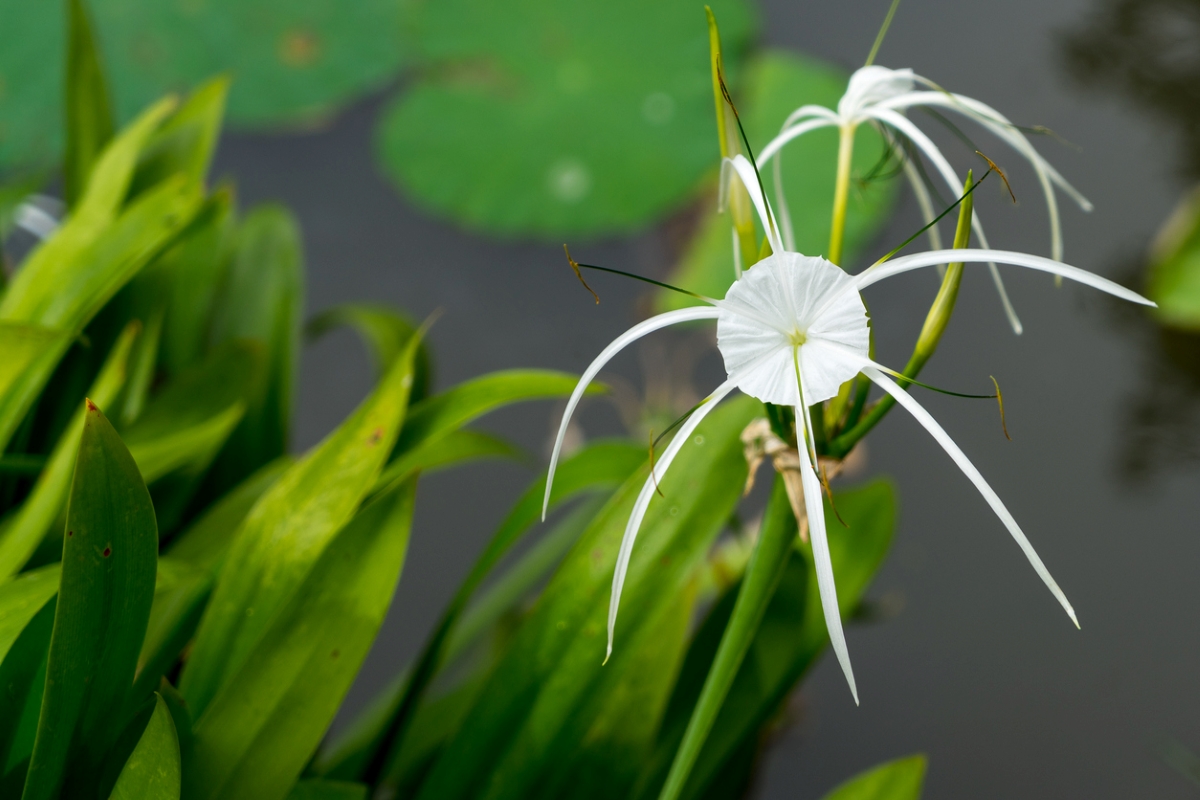
Spider lily is also a prolific grower, sporting long purple leaves on a fast-growing vining stem. Snip off a few stems from a parent plant and remove leaves so that they can reach into water uninhibited. Place them in fresh water in an area that gets some direct sunlight.
Direct light will help the plant keep its purple color, but it also means the water needs to be changed more frequently. The spider lily will start to grow roots within a week or so and can be kept in water for an extended period or transplanted to soil. In water, the roots can become quite prolific, making it necessary to add water more often. The plant can be transferred to larger jars of water if needed. Fertilizing may not be necessary, but if the plants start to look unhealthy, try a diluted water soluble fertilizer when the water is next changed.
13. Peace Lily (Spathiphyllum spp.)
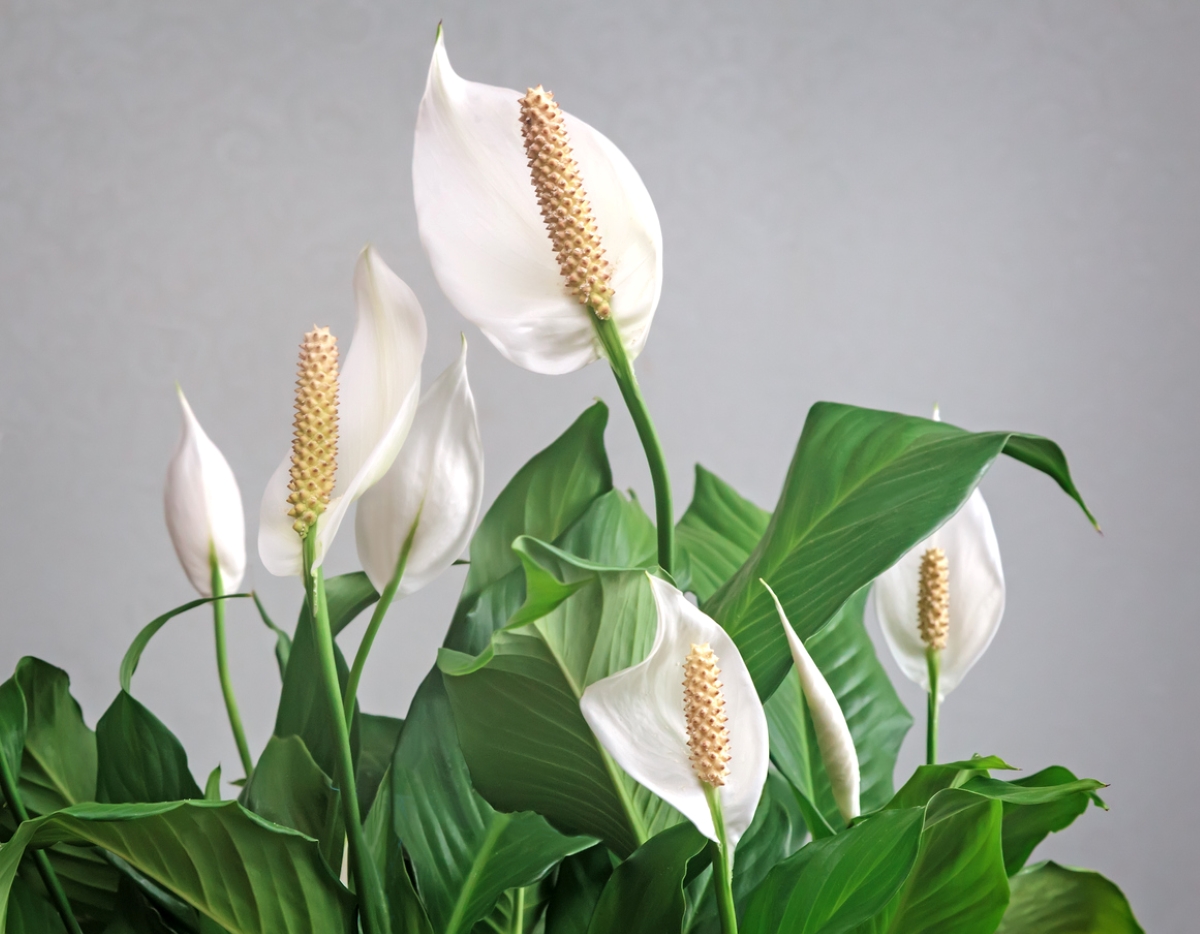
Not only can you buy peace lillies that are already growing in water, you can actually take a peace lily growing in soil and convert it to grow in water. This takes work, but can be done without harming the plant. Remove the plant from its pot and thoroughly remove all of the soil from around the roots. Make sure the Spathiphyllum isn’t too wet before doing this because removing wet dirt from roots will be difficult. Light shaking or a small brush, toothbrush, or chopsticks can gently sift the root ball, and shake out as much of the soil as possible.
Trim the roots with clean scissors, then rinse the entire root ball with water using a gentle sprayer. You may need to dunk the roots in a sink full of clean, cool water a couple more times to remove any remaining dirt. Keep the peace lily above the water line so that only the roots are in the water. Use a layer of hydroponic clay pebbles or river stones to support the plant and keep it above the water line. Place it in medium indirect light, and occasionally add hydroponic liquid fertilizer to the water.
RELATED: This Peace Lily Care Routine Is so Low Maintenance, You Don’t Need a Green Thumb
14. Water Wisteria (Hygrophila difformis)
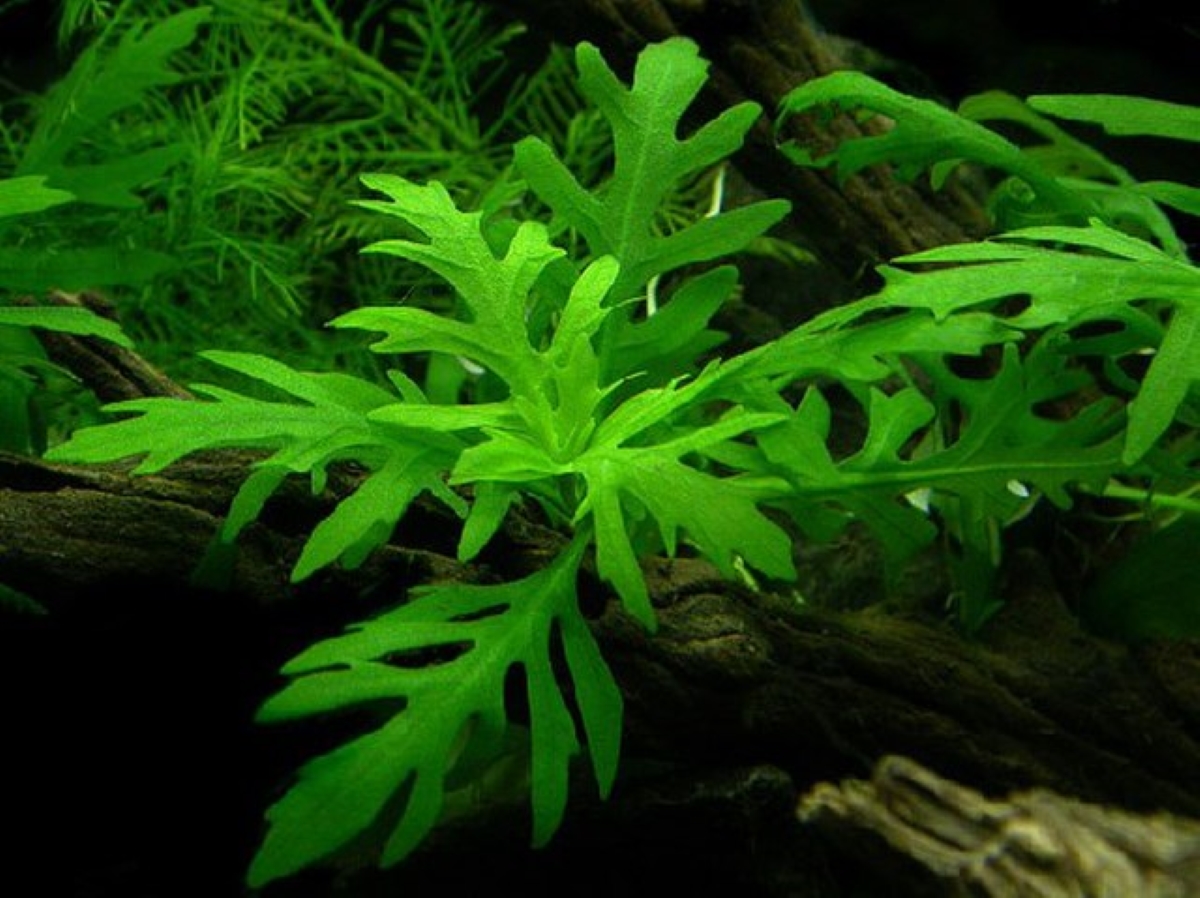
A water houseplant often grown in aquariums, water wisteria can also be grown in a container (no fish required). It likes bright light, including some direct sunlight each day. Because it thrives in nutrient-rich environments, it requires regular fertilizing when grown outside of aquariums. Water wisteria are frequently sold with the roots already enclosed in a plastic anchoring cover, requiring only an attractive watertight vase or pot and pebbles or stones to anchor the rootball.
The leaves of the plant are affected by water temperature, with higher temperatures producing larger leaves. When the plant is robust enough, it is easy to propagate in water by separating long stems and placing them in water in a bright, warm area of the home.

